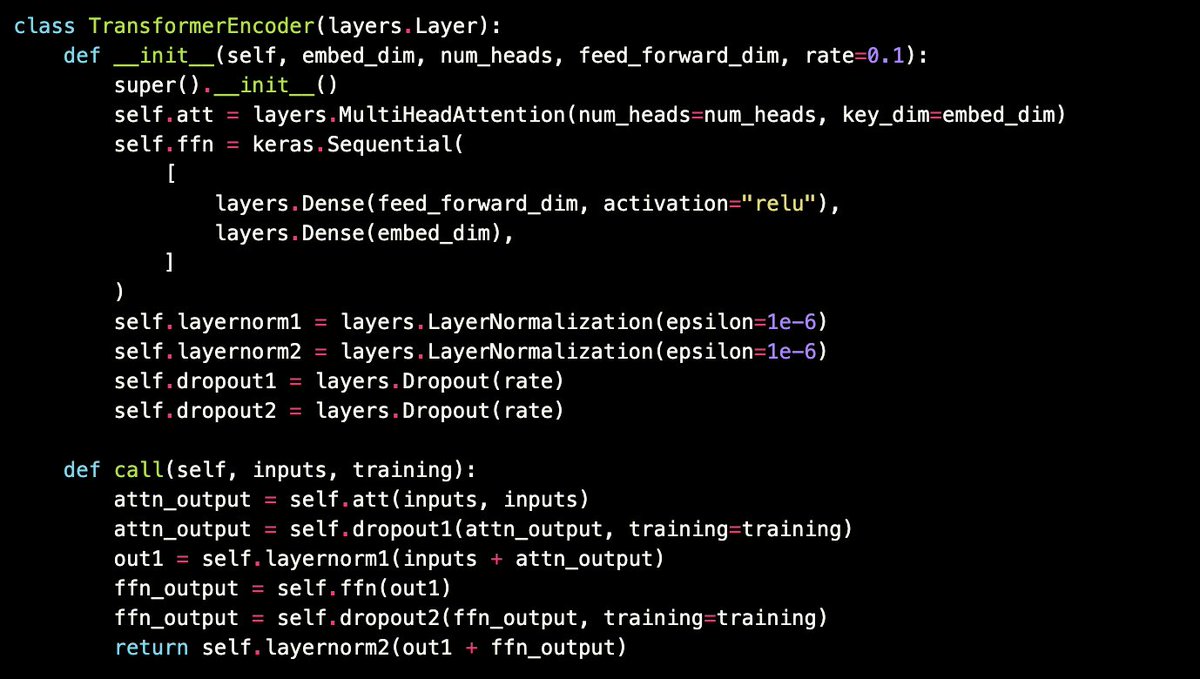
When smart people are presented with something new, they tend to ask, "how does it work?": how is it structured, how was it made? But the more important & difficult question is *why does it work*: what is the functional kernel that makes it effective, what guided its evolution?
In the case of deep learning, "how does it work?" will make you explain backpropagation and matrix multiplication. But "why does it work?" leads you to the structure of perceptual space.
In the case of a piece of music, "how does it work?" will make you look for the key, the different voices, the rules. That's the easy part. "Why" leads you to ask what exactly about the piece makes you feel the way you feel. It will require you to understand your own mind.
A classic example is neuroscience: it is very much in the business of asking, "how does the brain work?", and it has no power to answer the actually important question, "why does the brain work?"...
The "how" stay at the level of superficial observations. The "why" gets to the heart of the system. It requires a full understanding not only of the system itself, but of the context in which it lives. It requires you to follow the thread of purpose that drove its emergence.
• • •
Missing some Tweet in this thread? You can try to
force a refresh







